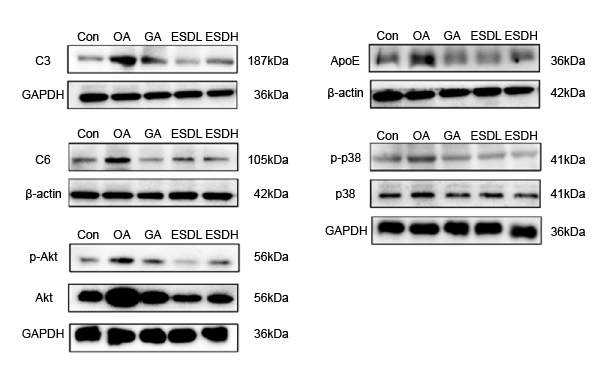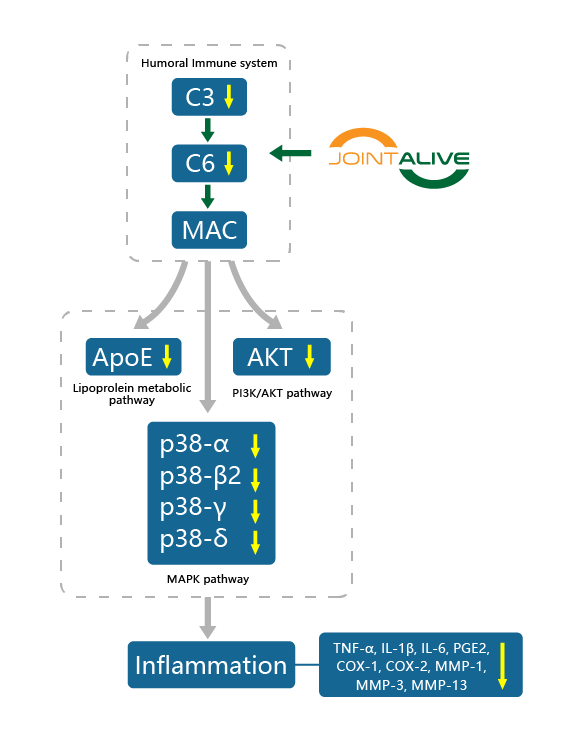The knee joint plays a pivotal role in our everyday movements. To keep yourself moving, it is important to protect your joint not only from external damage but also from the cold. A European Research Project basic on The Influence of Weather Conditions on Joint Pain in Older People with Osteoarthritis has shown that a sharp drop in temperature has an impactful effect on the expansion and contraction of different tissues in the joints that may elicit a pain response. Further, low temperatures may increase the viscosity of synovial fluid, thereby making joints stiffer and perhaps more sensitive to the pain of mechanical stresses. These findings can be directly related to the common belief that joint pain in middle-aged and older adults with Osteoarthritis is influenced by damp and cold weather conditions, and suggests that a causal relationship exists between joint pain and weather variables. [1]
Timely prevention and maintenance of the joints can effectively prevent the frequent occurrence of OA in winter or delay its development, and avoid large amounts of drug use or surgical treatment in the later period. JointAlive®, the premier joint support solution with clinically-proven formula, has been recognized by the international academic circle in the field of joint health. After a two-month review from the U.S. Food and Drug Administration (FDA), JointAlive® has successfully received New Dietary Ingredient (NDI)approval from the FDA. JointAlive® has not only become the first plant-based formulated botanical to be officially certified by FDA-NDI, but can also be used in many dietary supplements and is backed through various safety assessments to be effective. Backed by several clinical studies, JointAlive®’s scientific research strength and product development potential makes JointAlive® shine above other premium joint health solutions.
JointAlive® is a specially formulated botanical blend with three traditional Asian herbs: Epimedium brevicornum Maxim, Discorea nipponica Makino and Salvia miltiorrhiza Bunge. These herbs which were selected based on their prominence in the 2,000-year long history of traditional Chinese medicine. Our clinical research shows JointAlive® can effectively solve joint health issues especially for middle-aged and elderly individuals, swelling, stiffness and other joint related health problems. JointAlive® can also enhance immunity and the anti-inflammatory ability of the body. Long-term use also has varying degrees of health benefits to the cardiovascular, cerebrovascular, reproductive system and bone health. Effective even at a small dosage and now newly recognized as an NDI by the FDA, JointAlive® can solve seasonal joint health problems naturally, safely, and efficiently.
Chenland Nutritionals worked directly with the Pathology and Laboratory Medicine Department at Weill Cornell Medical College and found evidence that JointAlive® alleviates osteoarthritis through the modulation of protein expression. In-vivo preclinical studies showed that JointAlive® relieved symptoms from OA cartilage degradation, increased the threshold of the osteoarthritis pain and reduced pain sensitivity, improved joint stiffness and increased joint flexibility, in addition to reducing the concentration of proinflammatory molecules in the serum of osteoarthritic rats. Using proteomics and bioinformatics analysis, we found that the protective mechanism for JointAlive® is linked to depressing the abnormally activated complement system and increasing leukocyte mediated immunity.
Our findings show that the complement C3 and C6 of OA group were significantly upregulated in both gene and protein levels. The levels of C3 and C6 in GA and ESD (JointAlive) groups decreased to close to normal level. ApoE gene and protein level in the OA group increased significantly. Apolipoprotein ApoE level in GA and ESD group decreased to near normal level. Akt pathway related proteins Akt and p38 were upregulated in OA group in both gene and protein levels. Akt and p-p38 levels in GA and ESD groups were decreased to close to normal levels.

Con: Normal group;
OA: Placebo group;
GA: Glucosamine + Chondroitin Sulfate group
ESDL: JointAlive® Low-dose group
ESDH: JointAlive® High-dose group
Fig 1. PCR and WB verified the change proteins. The higher the protein expression, the more obvious it was on the electrophoretic diagram, indicating better treat effect on joint discomfort.

Fig 2 Mechanism of action of how JointAlive® works
These overall findings provide evidence that JointAlive® activates the humoral immune response, by further activating MAPK, PI3K / AKT signaling pathways. It can down-regulate core protein factors, inhibit the response caused by inflammatory factors, and reduce joint pain inflammation to improve overall joint health.

Fig 3 HE staining of cartilage repairment by JointAlive®
Reference
[1] Timmermans, E., Schaap, L., Herbolsheimer, F., Dennison, E., Maggi, S., Pedersen, N., . . . Deeg, D. (2015, October 1). The Influence of Weather Conditions on Joint Pain in Older People with Osteoarthritis: Results from the European Project on Osteoarthritis. Retrieved December 17, 2020, from https://www.jrheum.org/content/42/10/1885